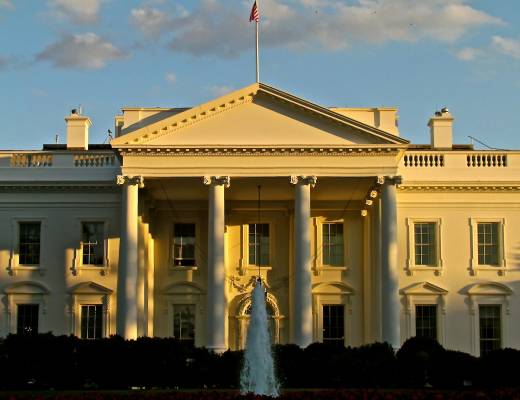The U.S. Labor Department has stopped forgiving student debt for thousands of borrowers, marking a significant policy shift from the Biden administration to the Trump administration. This change affects many Americans who were previously eligible for debt relief.
Under President Biden’s leadership, the Labor Department implemented regular announcements of student loan forgiveness, benefiting thousands of individuals struggling with educational debt. These forgiveness programs were part of broader efforts by the Biden administration to address the growing
student debt crisis in America.
Policy Reversal Under New Administration
The transition to the Trump administration has ended these
debt forgiveness announcements. The Department has not continued the practice of regularly announcing debt relief for borrowers, signaling a different approach to handling student loan debt.
This policy reversal represents one of several changes in how the federal government addresses educational financing. The halt in forgiveness programs may impact thousands of Americans who were counting on potential relief from their student loan burdens.
Impact on Borrowers
The discontinuation of these forgiveness programs leaves many borrowers in uncertainty about their financial futures. During the Biden administration, regular announcements of debt forgiveness provided clear pathways for relief to specific groups of borrowers.
Financial experts note that this change could have significant consequences for individuals who were planning their finances around potential loan forgiveness. Many borrowers now face the prospect of continuing to make payments on loans they had hoped would be forgiven.
Student loan advocacy groups have expressed concern about the policy shift, pointing out that many Americans are still struggling with high educational debt loads in an economy with rising costs.
Broader Context of Student Debt Policy
The change in approach to
student debt forgiveness reflects different philosophies between the two administrations regarding federal involvement in educational financing. The Biden administration had
made student debt relief a priority, implementing various programs beyond the Labor Department’s efforts.
The
Trump administration appears to be taking a more conservative approach to federal debt forgiveness programs. This aligns with traditional Republican positions that emphasize individual responsibility for loan repayment and concerns about the fiscal impact of large-scale debt forgiveness.
Education
policy analysts suggest this shift may be part of a larger reevaluation of federal student loan programs. The Department of Education and other federal agencies may also see similar policy adjustments in the coming months.
As this policy change unfolds, millions of Americans with student debt are watching closely to
understand how the new administration’s approach will affect their financial obligations and options for managing educational debt in the future.







